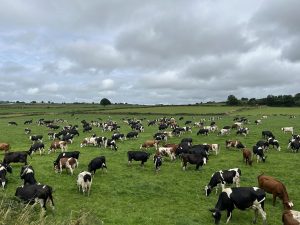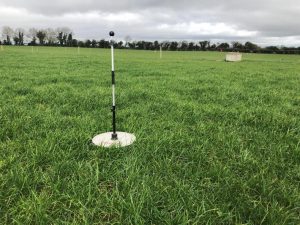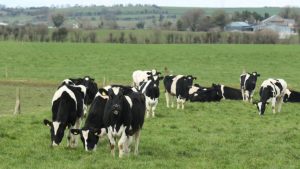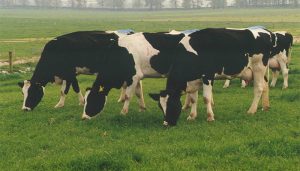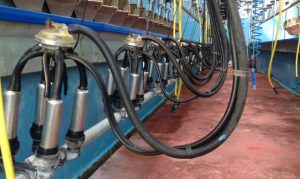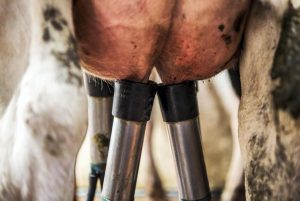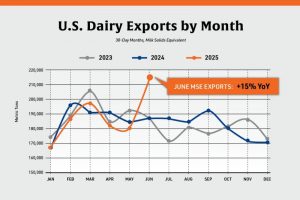
That is according to figures in the Teagasc National Farm Survey 2022- Preliminary Results – which the state agency published earlier this week.
In the report, Teagasc reported that a “high” proportion of spouses work off-farm on dairy farms.
Meanwhile, it outlined that the incidence of household off-farm employment for cattle rearing farms is 58%.
The comparative figure on cattle other farms is slightly lower at 51%, with 55% of sheep farm households and 49% of tillage farm households having either the farm holder or spouse employed off-farm.
Teagasc says that the higher age profile of non-dairy farm households is reflected in the relatively larger proportion of households in receipt of pension income (through either the farm holder or spouse).
- 38% on cattle rearing farms;
- 37% on cattle other;
- 34% on sheep;
- 32% on tillage.
Overall, according to Teagasc, one-third of farm households were in receipt of pension income last year.
This, it says, reflects the ageing agricultural population and highlights the challenge of generational renewal.
The incidence of off-farm employment varies across regions and is a reflection of the dominant type of farming.

Average dairy farmer’s income just under €100,000
Higher output prices across most farm enterprises were the main driver of increased farm incomes in 2021.
That is one of the key findings of the Teagasc National Farm Survey 2021, which the state agency published last week.
Researchers noted that the scale of the increase in income varied “considerably” across farm systems.
In general, farms experienced an increase in production costs, as key farm input prices for fuel, feed and fertiliser all increased in 2021.
The report also cites emerging from slowdown caused by the Covid-19 pandemic, electricity and goods and services price hikes.
Rising international agricultural commodity prices were a feature of 2021. These price increases led to higher farm-level output prices in Ireland.






